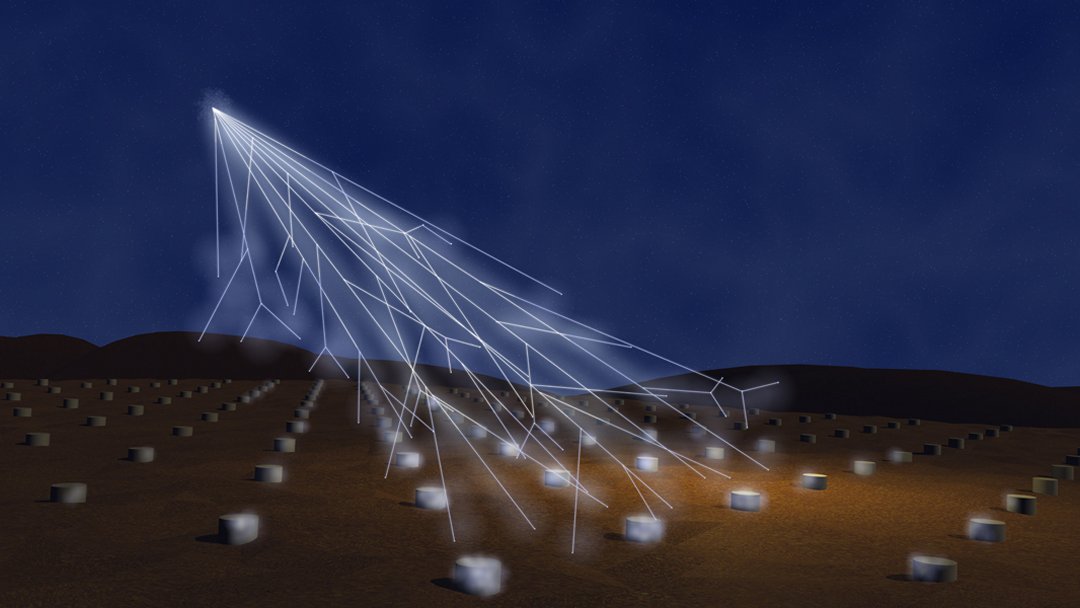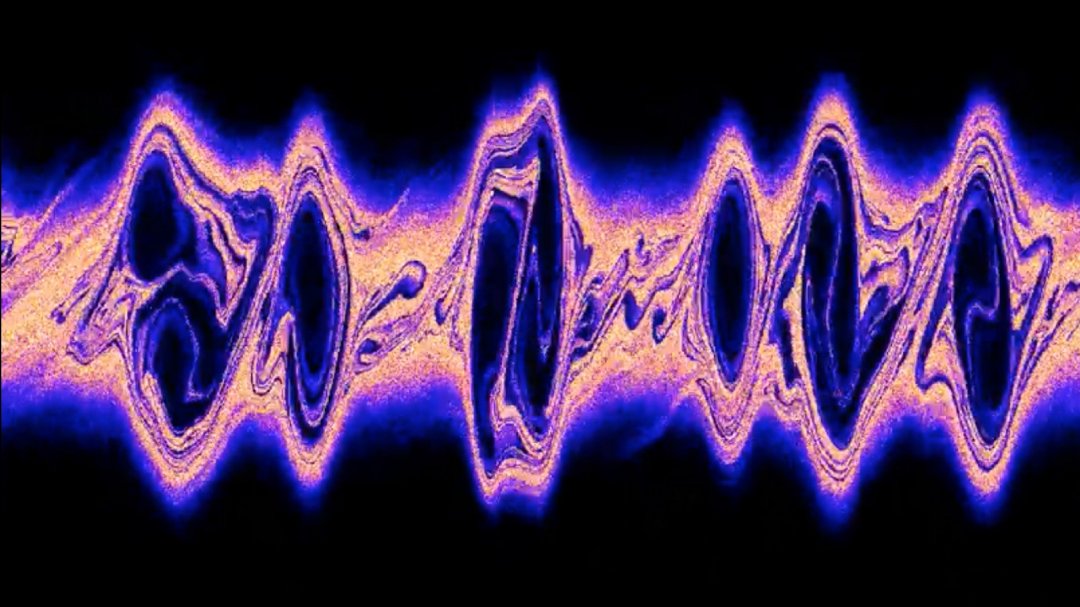space
Technological Innovation Website Editorial – 12/26/2023

Cosmic ray observatories capture secondary particles that form what is called a “particle shower,” which is created when cosmic rays collide with particles in the Earth's atmosphere.
[Imagem: ASPERA/G.Toma/A.Saftoiu]
Particles called rays behave like rays
At the beginning of the last century, the Austrian physicist Victor Hess discovered [1883-1964] He discovered a new phenomenon he called cosmic rays, which later earned him the Nobel Prize in Physics in 1936.
Hess conducted high-altitude balloon flights to discover that the Earth's atmosphere was not ionized due to radioactivity from the Earth. Instead, he asserted that the origin of ionization was extraterrestrial.
It was later discovered that cosmic rays consist of charged particles coming from outer space, traveling at nearly the speed of light – that is, these “rays” are not radiation. However, the name “cosmic rays” has survived these discoveries, although “cosmic particles” would be a more accurate name.
Now, Mohamed Shalabi and his colleagues at the Leibniz Institute for Astrophysics in Potsdam, Germany, have conducted numerical simulations to track the paths of several cosmic ray particles and study how they interact with the surrounding plasma, made up of electrons and protons. By observing cosmic rays flying from one side of the simulation to the other, they discovered a new phenomenon that excites electromagnetic waves in the background plasma. These waves exert a force on cosmic rays that change their winding paths.
Most importantly, this new phenomenon can be better understood if we consider that cosmic rays do not behave as individual particles, but rather as support for a collective electromagnetic wave. When this wave interacts with fundamental background waves, it is strongly amplified, resulting in a transfer of energy.
Professor Christoph Pfromer commented: “This view allows us to consider cosmic rays as behaving like radiation, and not as individual particles in this context, just as Viktor Hess originally thought.”

Simulation of cosmic rays streaming onto a plasma background and excitation of plasmonic instability. Shown here is the distribution of background particles responding to cosmic ray flux in phase space, measured by particle position (horizontal axis) and velocity (vertical axis).
[Imagem: Mohamad Shalaby et al. – 10.1017/S0022377823001289]
Understanding astrophysical processes
A good analogy for this newly discovered behavior is that individual water molecules collectively form a wave that breaks on the shore. “This progress only occurred when we took into account smaller scales that had been neglected, which calls into question the use of effective hydrodynamic theories in studying processes involving plasmas,” Shalabi explained.
There are many applications for plasma instability, including the first explanation of how electrons in interstellar thermal plasma are accelerated to high energies in supernova remnants. “The newly discovered plasma instability represents a major leap forward in our understanding of the acceleration process, and ultimately explains why supernova remnants glow in radio and gamma rays,” Shalabi said.
Moreover, this discovery paves the way for a deeper understanding of the fundamental processes of cosmic ray transmission in galaxies, which represents the greatest mystery in our understanding of the processes that shape galaxies during their cosmic evolution.
condition: Unraveling the material basis of medium-term instability
Authors: Muhammad Shalabi, Timon Thomas, Christoph Pfromer, Reuven Lemmers, Virginia Breschi
Journal: Journal of Plasma Physics
Volume: 932, Issue 2
doi: 10.1017/S0022377823001289
Link: https://arxiv.org/abs/2305.18050
condition: Mechanism of effective electron acceleration at parallel non-relativistic shocks
Authors: Muhammad Shalabi, Reuven Lemmers, Timon Thomas, Christoph Pfromer
Journal: Astrophysical Journal
doi: 10.3847/1538-4357/ac6ce7
Other news about:
More topics

“Coffee trailblazer. Social media ninja. Unapologetic web guru. Friendly music fan. Alcohol fanatic.”

